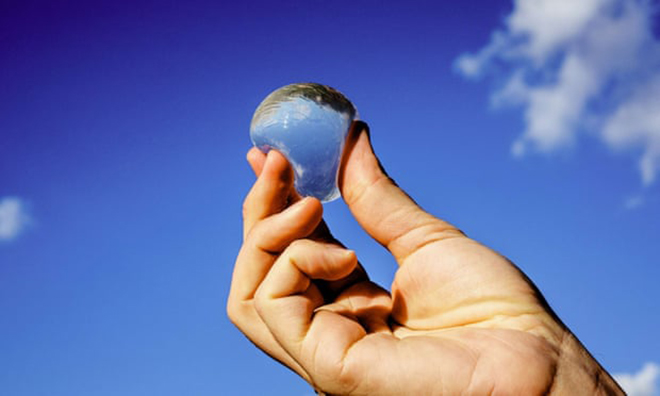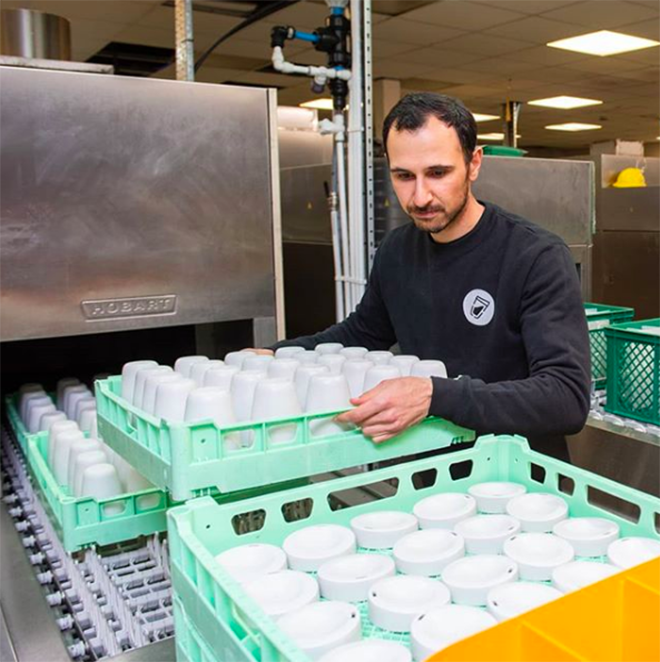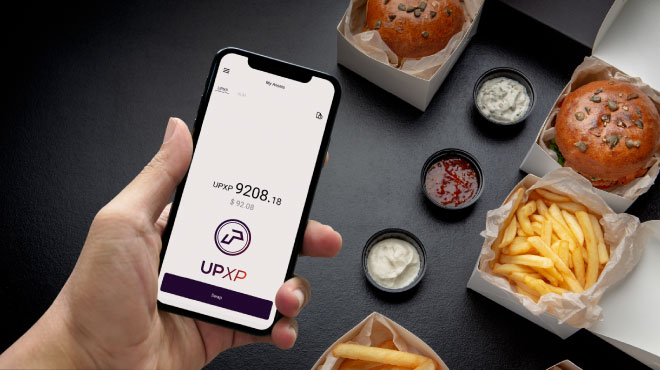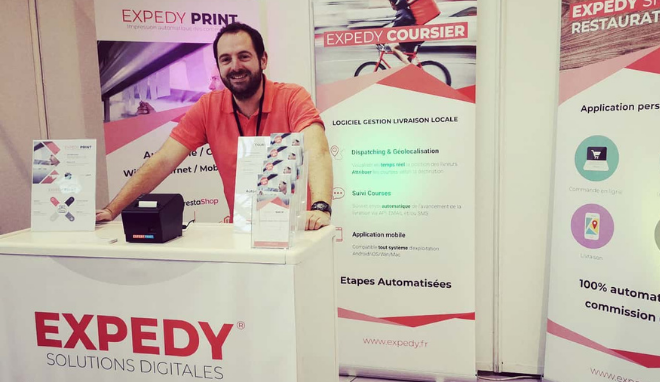

Chelsea Allenby is a Digital Marketer of 9 years and Managing Director of Allenby Digital Ltd, an online marketing agency she set-up in 2015, specialising in social media and content marketing. www.chelseamarketing.co.uk
When we talk about ‘innovative packaging’ are we referring to the latest in creative design? Or, does innovation take this one step further? Packaging is more than just a visual aid, yes it serves a practical purpose but beyond this, there’s a wider consideration.
Environmental Impact
Consumers care about the environmental impact of the goods they purchase and consume. The growing trend towards eco-aware purchases has become more apparent with each passing year. Awareness really is the driving force behind this, as well as choice. With the internet, it takes but mere seconds to locate an eco-friendly product and understand the implications of using one that isn’t eco-friendly. The packaging used is an extension of the brand, but sadly it can get neglected.
Packaging poses a real problem; how you can be creative, cost-efficient and eco-friendly at the same time? These innovative examples have done just that.
Food-Based Solutions
Edible packaging might just be the future, a way to combat wastage and pack in more product too! Ooho water pouches are one innovative UK start-up that is doing just that. They’ve said goodbye to the typical plastic water bottle as we know it and replaced it with a sustainable alternative made from seaweed. Although it doesn’t really matter if that packaging is eaten or not, the point is there is 0 plastic involved.
Consumer-guilt is a very real thing. It happens when a customer purchases an item that they don’t believe fits with their values 100%, but they’ve bought it out of a necessity at that time. If a brand has a guilt-free alternative it will eventually push out other competitors.
“The world’s annual consumption of plastic materials has increased from approximately five million tonnes in the 1950s to nearly 230 million tonnes today” Many families are trying to reduce wastage, particularly their use of plastic. Ooho water offers a guilt-free way to grab water on the go.
Biodegradable packaging does not need to be consumed even if it’s edible. Choosing an edible solution from a food-grade ingredient simply allows for a way to tackle the problem at hand.
Most food packaging is made “primarily of laminates which can be comprised of plastics, metals and/or paper and glass”. Modern-day consumers are no longer satisfied with this.
How Can Restaurants Leverage Eco-Friendly Packaging?
Restaurants have the opportunity to utilise services that sell reusable items. CupClub is one example of this, a UK company on a mission to start a reusable revolution. They have partnered with catering companies and various other retailers and brands to offer restaurants and cafes with self-serve stations and vending machines that utilise reusable cups. This is a subscription service and all cups can be dropped off at participating stores. This really is a ‘city-wide’ solution to a very real problem.
Delta is a UK company that offers a compact technology allowing restaurants to make and serve sauces in compostable and edible sachets. Condiments are probably one of the last things you would start considering when you’re thinking of ways to lessen your carbon footprint. However, if you think about the number of sauce sachets used every day in a typical fast-food restaurant you can start to imagine the overall impact.
How Can You be More Innovative?
Start embracing change from the very beginning. Any changes that might create a positive impact on our planet is a good opportunity for you to leverage. When it comes to the environment, don’t wait for something to start making ground before you get involved. Pave the way forward for other brands, lead by example. When it comes to creativity and innovation, we’re often held back because we constantly think along the same lines. Don’t ask yourself what’s been done before, ask how you can do the seemingly impossible.







Comments